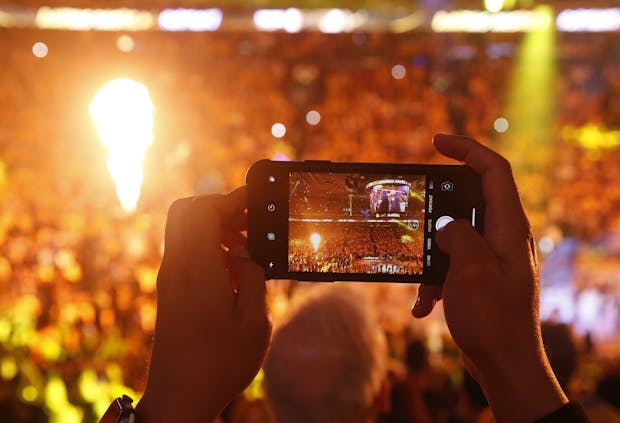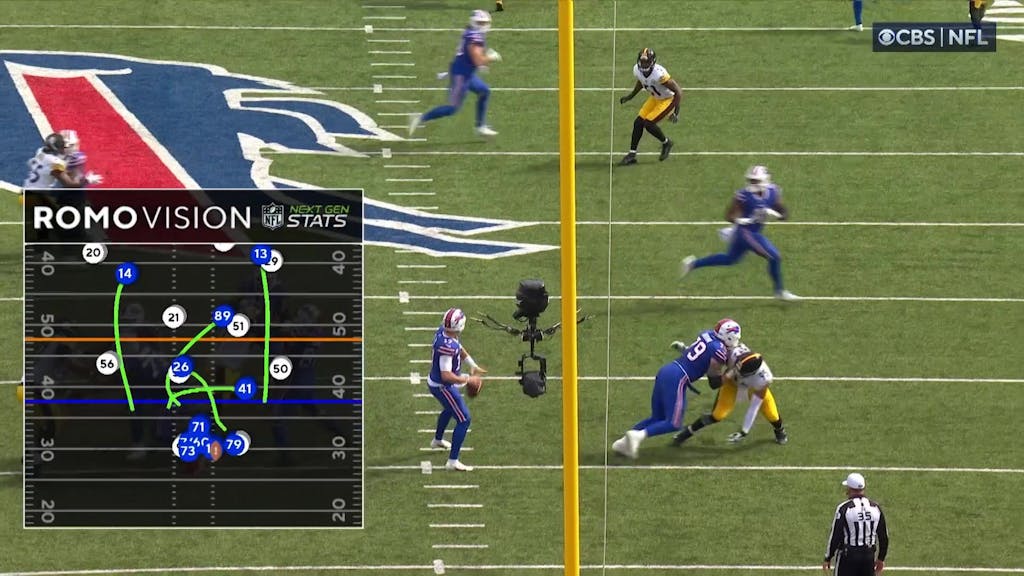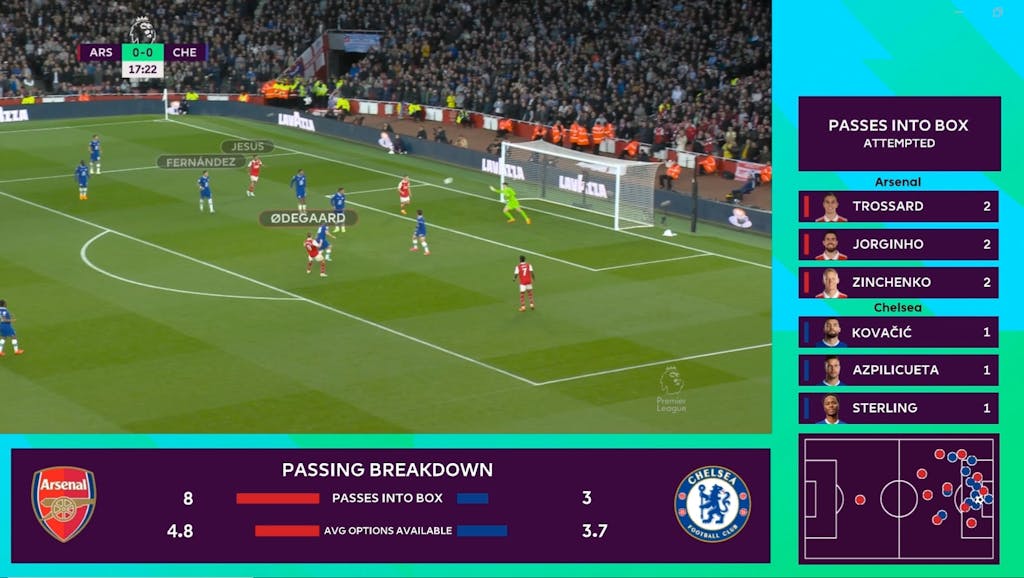
The contrast between how different generations engage with and watch live sports has never been more pronounced. Whether it’s the device they choose for viewing or the specific content they prefer, each group differs dramatically.
This increasingly leaves the broadcasters in a Catch-22. They must embrace technology and innovation to appeal to Gen Z fans, who expect an immersive and personalised viewing experience. But at the same time, they can’t afford to alienate older audiences who want to focus on simply watching the live game.
According to Deloitte’s recent ‘Immersive Sports Fandom’ report, 46% of Gen Z fans expect real-time stats and analysis to be integrated into their live-view experience. This dropped to 23% amongst ‘Boomers’. Similarly, only 16% of ‘Boomers’ were interested in watching play from an athlete’s point of view to create an immersive experience, compared to 31% and 29% amongst Gen Z and millennial viewers, respectively.
So how do broadcasters marry these conflicting demands and create an experience that appeals to all?
A new era of personalisation
The reality is the broadcasting industry is experiencing a seismic shift in audience demand. For decades, sports broadcasts have operated on a one-to-many model, adding increasing innovation, although fundamentally continuing to deliver the same product. But just as we all expect everything, from online shopping to music recommendations, to be tailored to our individual preferences, so the broadcast experience is becoming increasingly personalised.
According to Deloitte, 77% of sports fans participate in at least one additional activity whilst watching the game – such as using social media or placing a bet. To be able to compete for eyeballs in this new competitive landscape, broadcasters must offer their viewers the ability to choose from a selection of new broadcast features and viewing modes.

Because the traditional viewing model has remained a constant for so long, broadcasters cannot change too much too quickly when creating a more immersive solution. Many are treading carefully, introducing select new features that only appear occasionally during a game. For example, RomoVision, which features during select replays on CBS’ NFL games combines rich tracking data with Madden-style graphics to break down ‘plays’ for audiences in more detail than ever before.
Enabling augmented viewing modes
To engage a younger demographic, other broadcasters and streaming giants have launched alternate viewing modes that fans can select for a more interactive experience. The Premier League Data Zone, powered by a new partnership between Genius Sports and Premier League Productions offers a new augmented live sport viewing experience. Featuring player names above their heads and stats like passing accuracy, distance travelled and shot speeds, alongside gaming-inspired pitch maps, the Premier League Data Zone uses sophisticated AI-enhanced player tracking technology, so broadcasters can deliver real-time data to millions of fans worldwide. Available on NBC Sports, ESPN Brazil, Optus Australia, and dozens more worldwide, this augmented viewing mode will also integrate official Premier League Fantasy updates to further appeal to a younger audience.

Now in its second season, Amazon’s ‘Prime Vision’ mode for Thursday Night Football is a data-driven experience that includes everything from a quarterback’s ‘time to throw’, to route trails and new features such as ‘Prime Targets’ that indicates if a receiver is open. In its opening year, Amazon’s Thursday Night Football viewers were seven years younger in median age than the previous broadcast cycle. Amazon also won a Sports Emmy for Outstanding Interactive Experience with the ‘Prime Vision’ functionality a core part of their unique offering.
For now, these augmented viewing modes remain an option. But as their popularity grows and the worlds of sports, betting and media continue to converge, these alternative products will inevitably become more mainstream. Core features such as a player’s name displaying when they’re in possession, to pitch maps or shot speeds, will be interwoven seamlessly into the main broadcast, helping to inform and entertain casual and diehard fans without ripping up the existing product.
While live broadcasting continues its ongoing generational revolution, augmented viewing modes serve as the perfect testing ground for what will become the accepted gold-standard of the future.